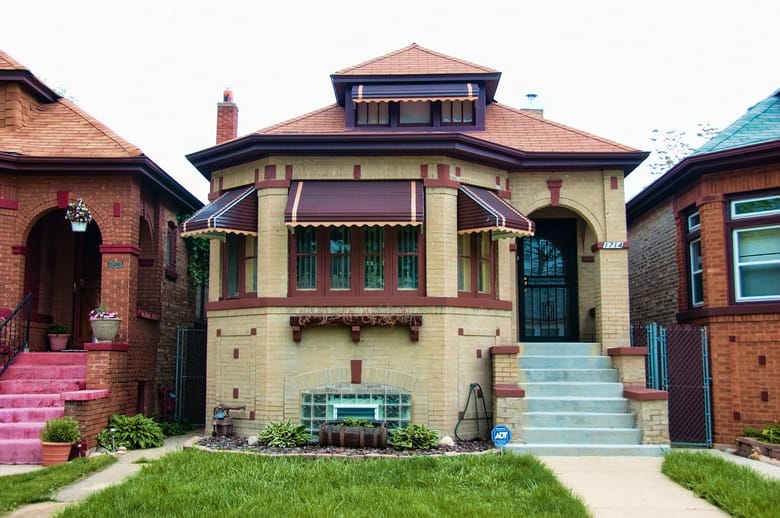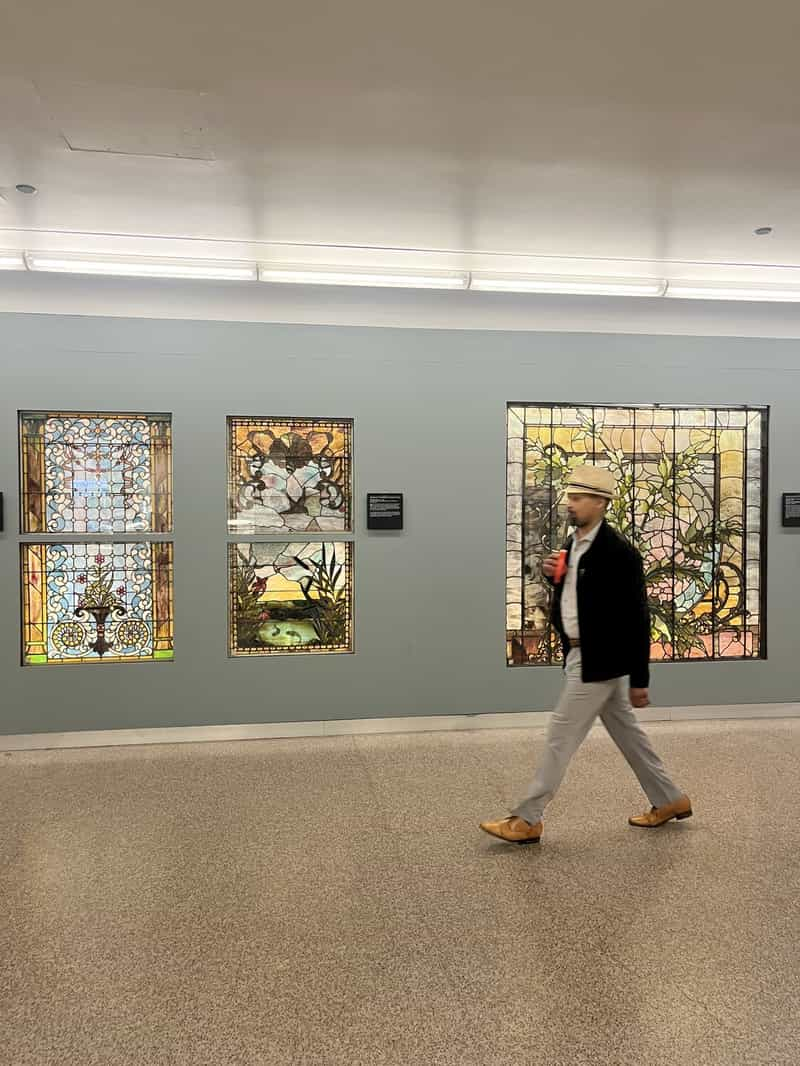Eaves are the edges of a roof that project beyond the walls of a building. They serve both functional and aesthetic purposes:
Functional Aspects:
- Weather Protection: Eaves help to direct rainwater away from the walls and foundation of the building, reducing the risk of water damage, mold, and deterioration.
- Shade and Cooling: By providing shade to the upper walls and windows, eaves can help reduce heat gain during hot weather, improving energy efficiency and comfort inside the building.
- Ventilation: Eaves can be designed to include vents, promoting airflow into the attic or roof space, which helps to regulate temperature and moisture levels.
Aesthetic Aspects:
- Visual Appeal: Eaves add depth and dimension to a building, contributing to its overall architectural style and character.
- Detailing: They can be embellished with decorative elements such as brackets or moldings, enhancing the building’s visual interest.
Variations:
Open Eaves: Expose the rafters or the underside of the roof, often used in traditional or rustic architecture.
Closed Eaves: Enclose the underside with soffit panels, providing a cleaner and more finished appearance.
Eaves are an integral part of roof design in various architectural styles and play a crucial role in protecting the building while enhancing its aesthetic appeal.
Photo: Eric Allix Rogers






















